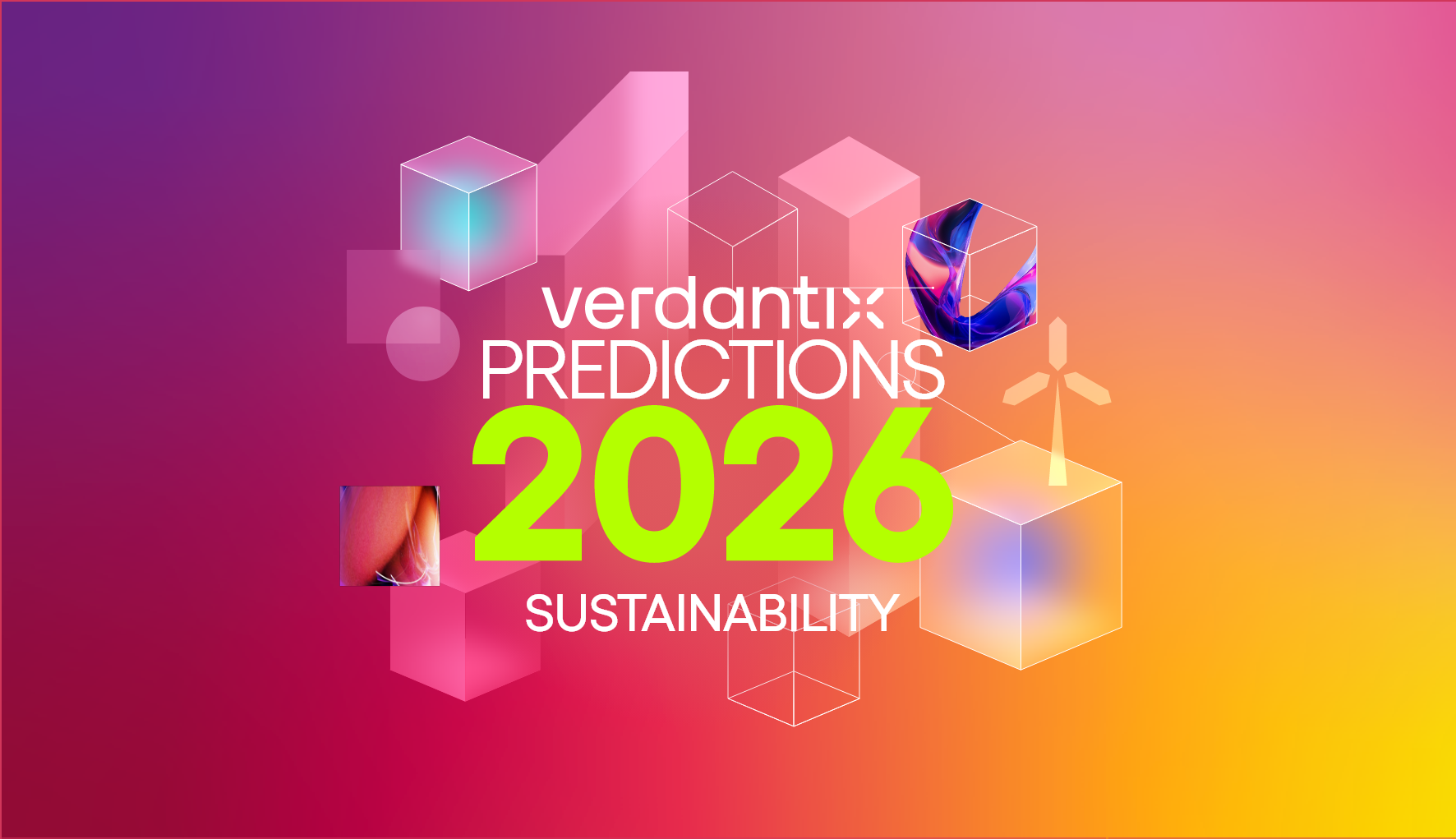What Can We Expect From The United States On Climate Risk Disclosures In 2022?
In 2021, we saw some encouraging signals that the United States would provide more explicit support for climate-related disclosures. In March 2021, the U.S. Securities and Exchange and Commission (SEC) issued a statement asking for public input on “questions of consideration” related to incorporating climate risk into disclosures. More than 5,000 individuals and entities have submitted comments. And in June 2021, the House of Representatives signaled its approval of incorporating ESG attributes into other shareholder disclosures by passing the Corporate Governance Improvement and Investor Protection Act. While we may not see the bill become law, the SEC has not dropped climate from its rulemaking agenda, based on the remarks from the Commissioners and the Acting Chief Accountant. In 2022, we can expect new rules from the SEC updating its 2010 guidance on climate risk disclosure.
In the absence of proposed rules from the SEC, we can look to various remarks made in speeches and shared on the SEC website. Here are some of the key points in those speeches:
- Activities are under way to develop a mandatory climate risk disclosure rule proposal: According to July 28th remarks, Chair Gary Gensler made it clear, by asking “So why am I talking about climate risk? Simple: because investors are.” He shared that he asked his staff to develop a proposal by the end of 2021, which we believe has been delayed through 2022. Gensler also clarified that disclosures should contain qualitative and quantitative information, and in a later speech, indicated the proposal should “be informed by” frameworks including TCFD.
- Existing disclosure rules may require information related to climate change-related risks and opportunities: Through a sample letter to companies regarding climate change disclosures posted September 22nd, the SEC not only reiterated its 2010 guidance, but also provided examples of how the SEC may interpret the 2010 guidance by comparing SEC filings to sustainability reports, asking for additional disclosures related to the physical effects of climate change and climate risk related to climate-related regulations and compliance.
- Connecting corporate ESG risk disclosures and financial statements is essential: In November, Commissioner Caroline Crenshaw stated, “With ESG now front and center, the reliability of corporate ESG risk disclosures, and their potential impact on and connectivity to financial statements, is critical.” Crenshaw went on to talk about the fact that accounting controls should be dynamic and responsive to market changes, like ESG.
- The Commission represents investors, and investors want disclosures that include climate risk: On December 2nd, Chair Gary Gensler spoke to the Investor Advisory Committee and reminded the audience that the SEC is adapting its guidance to what the investors want – “to understand the climate and cybersecurity risks, as well as the human capital, of the companies whose stock they own or might buy.” A statement later in the same week by Paul Munter, Acting Chief Accountant, a principal advisor to the SEC Commission on accounting and auditing matters, reiterated the role the Commission plays in the integrity of the U.S. financial reporting system and investor protection.
- Accurate and reliable climate metrics can provide a much-needed level of visibility into fundamental and traditional corporate governance matters. On December 14th, Commissioner Crenshaw spoke to the Center for American Progress and the Sierra Club, although adding the standard disclaimer to her speech, that she is speaking for herself and not the Commission. Her discussion centered on the increasing release of net zero emission pledges from publicly traded companies, without any decision-useful metrics for investors to evaluate those pledges. For example, investors should be able to confirm firms’ political spending agrees with their pledges. Corporate political spending disclosures and the lack thereof has been a longstanding and increasingly sensitive issue in the US. She also made the connection from climate metrics to executive compensation as well. Finally, Crenshaw also pointed to another consideration – the lack of disclosures in the growing private markets, and the source of capital in private markets. While we can’t see a clear path for the SEC to directly impact in private markets, improving the quality of disclosures in private markets is certainly a concern to her audience.
Where does this leave us at the end of 2021? Looking forward to 2022 as a year we should see some progress driven by the U.S. financial system. The clarity will drive investment across all corporates, not just public companies. The key objective is to ensure a connection between financial and sustainability performance in areas of economic value creation, environmental impacts, and risk, including physical climate risks and the risks of climate-related regulations. For corporates, the continued push forward by the SEC places even more pressure to get to investor grade ESG and sustainability data. For software and services providers in the ESG and sustainability market, your customers need your support to obtain a higher level of data quality, not only for reporting and disclosures, but also for benchmarking and ESG-related decision making.
For more information on progress relevant to reporting and disclosures, take a look at two reports we’ve published this year at Verdantix – Strategic Focus: Mastering TCFD Disclosures and Strategic Focus: Future Evolution of Disclosures.
About The Author

Kim Knickle
Research Director

Elisa Molero
Senior Analyst





